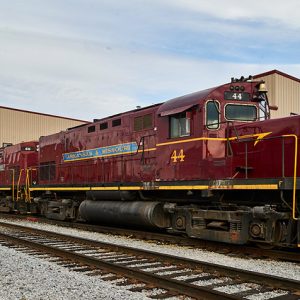 A&M Railroad Engine
A&M Railroad Engine
Entry Category: Land
 A&M Railroad Engine
A&M Railroad Engine
 Adams Express
Adams Express
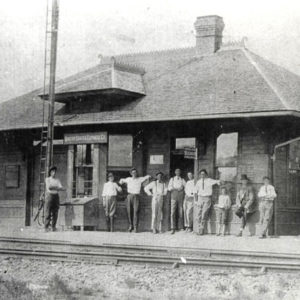 Adona Depot
Adona Depot
 Altus Depot
Altus Depot
Amtrak
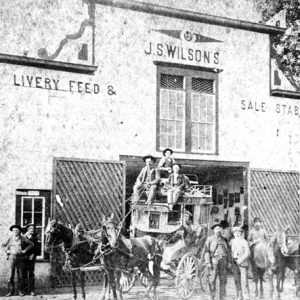 Arkadelphia Livery Stable
Arkadelphia Livery Stable
 Arkansas Biodiesel Project
Arkansas Biodiesel Project
 Arkansas and Missouri Railroad Trains
Arkansas and Missouri Railroad Trains
Arkansas and Oklahoma Western Railroad
 Arkansas Climber
Arkansas Climber
Arkansas Department of Transportation
Arkansas Highway 1
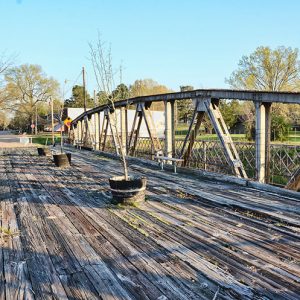 Arkansas Highway 57 Bridge
Arkansas Highway 57 Bridge
Arkansas Highway 57 Bridge
Arkansas Highway 7
Arkansas Highway Commission
Arkansas Highway Police
 Arkansas Midland Railroad
Arkansas Midland Railroad
 Arkansas Railroad Museum
Arkansas Railroad Museum
 Arkansas Railroad Museum
Arkansas Railroad Museum
Arkansas Railroad Museum
 Arkansas Railroad Museum
Arkansas Railroad Museum
Arkansas Western Railroad
 Arkansas Western Railroad Story
Arkansas Western Railroad Story
 Arlington Hotel
Arlington Hotel
 Ashdown Depot
Ashdown Depot
 Atkins Depot
Atkins Depot
 Augusta Train Station
Augusta Train Station
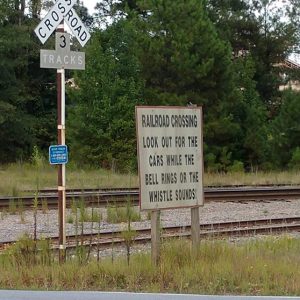 B&N Railway
B&N Railway
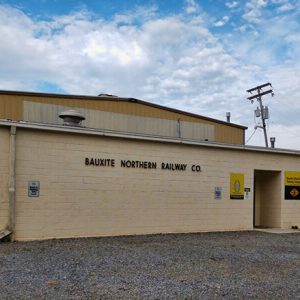 B&N Railway Depot
B&N Railway Depot
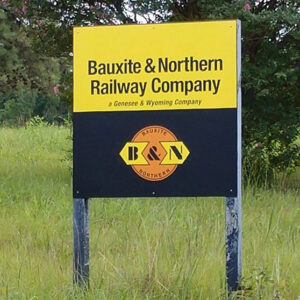 B&N Railway Sign
B&N Railway Sign
 Bald Knob Depot
Bald Knob Depot
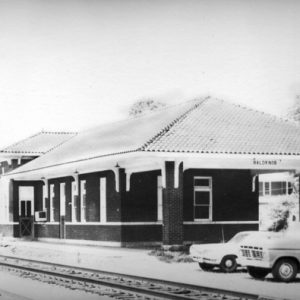 Bald Knob Train Depot
Bald Knob Train Depot
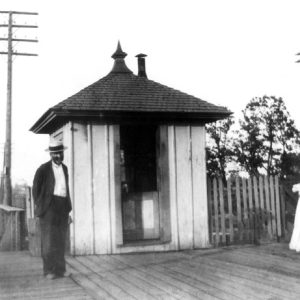 Baring Cross Bridge Tender's Office
Baring Cross Bridge Tender's Office
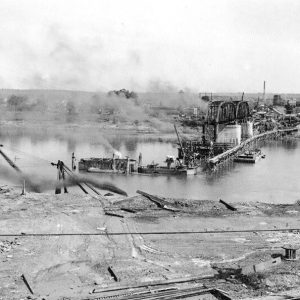 Baring Cross Bridge
Baring Cross Bridge
Bauxite and Northern Railroad
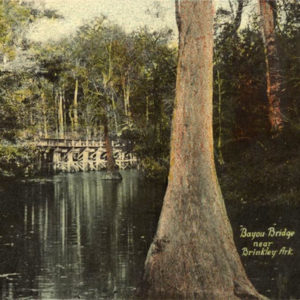 Bayou Bridge
Bayou Bridge
 Bear Creek Lake
Bear Creek Lake
 Bearden Railroad Depot
Bearden Railroad Depot
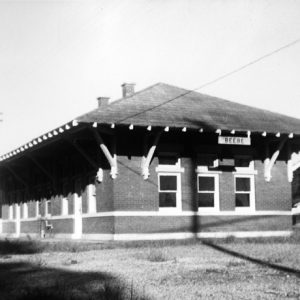 Beebe Train Depot
Beebe Train Depot
Beebe, Roswell
 Roswell Beebe
Roswell Beebe
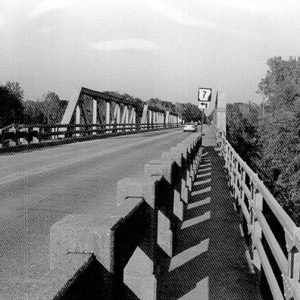 Ben Laney Bridge
Ben Laney Bridge
Ben Laney Bridge
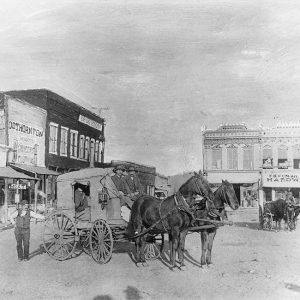 Berryville Public Square
Berryville Public Square
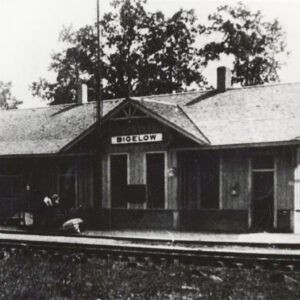 Bigelow Depot
Bigelow Depot
Black River Bridge (Historic)
 Blue Star Memorial
Blue Star Memorial
Blue Star Memorial Highways
 Blue Star Plaque
Blue Star Plaque




